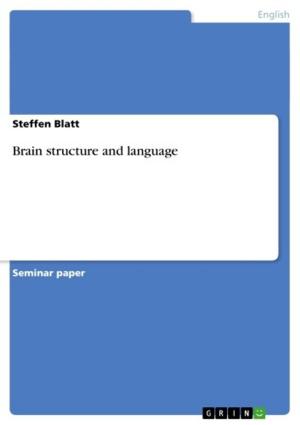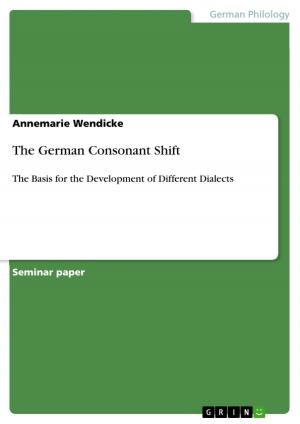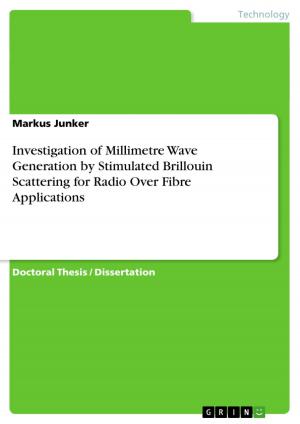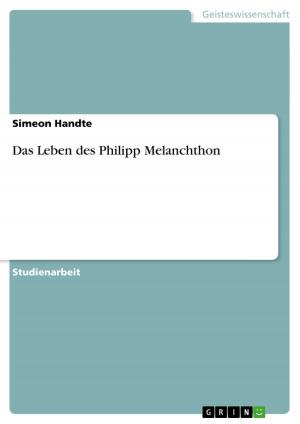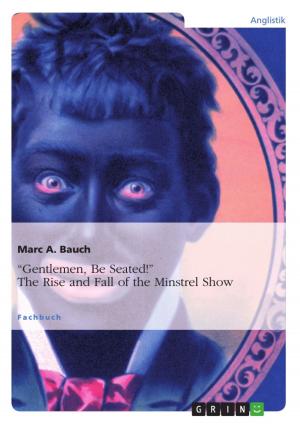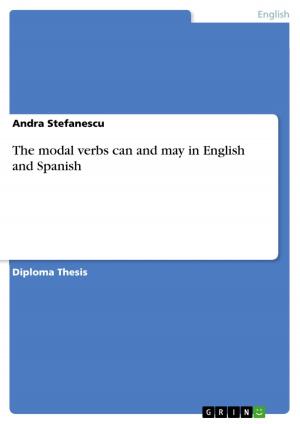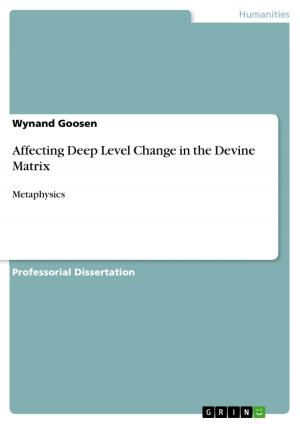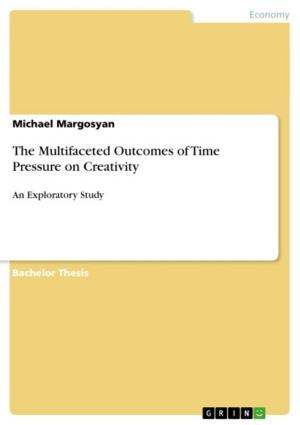How is the English Language reflected in Hawaii Creole English?
Nonfiction, Entertainment, Drama, Anthologies| Author: | Wiebke Vieljans | ISBN: | 9783638557559 |
| Publisher: | GRIN Publishing | Publication: | October 18, 2006 |
| Imprint: | GRIN Publishing | Language: | English |
| Author: | Wiebke Vieljans |
| ISBN: | 9783638557559 |
| Publisher: | GRIN Publishing |
| Publication: | October 18, 2006 |
| Imprint: | GRIN Publishing |
| Language: | English |
Seminar paper from the year 2004 in the subject English Language and Literature Studies - Linguistics, grade: 1,3, University of Münster (Englisches Seminar), course: Seminar Varieties of Standard English around the World, 12 entries in the bibliography, language: English, abstract: 'Pidgins and Creoles are not full or real languages.' Pidgins and Creoles seem to have negative connotations. Like Mühlhäusler argues in his abstract, the history of examining pidgin and creole languages can be seen as a consequence of this view. 'Rather they are broken English/French (the popular view), marginal languages (Reineke), 'Ludersprachen' (prostitute languages - an expression used by Nazi linguists), parasitic systems (Chomsky).'2Nowadays, this opinion Mühlhäusler criticized is nevertheless disproved and antiquated. TheEncyclopaedia Britannicaonce described Pidgin English as 'an unruly bastard jargon, filled with nursery imbecilities, vulgarisms and corruptions'.3But it no longer uses such a definition. Recently, for example scholars recall that pidgins mirror human creative linguistic ability.4 Now this course work should deal with Hawaii Creole English, starting with a short definition of pidgin and creole languages and then turning to some background information about the Hawaiian Islands, which is quite important to understand the context of language developments. Afterwards, Hawaii Creole English5is examined with regard to consonants, vowels, intonation as well as phonology, grammar, semantics and pragmatics. Furthermore, it is compared with Hawaiian, the original language of Hawaii, and Hawaii Pidgin English. As a conclusion, one could summarize the use of studying pidgin and creole language with the help of a few new aspects, and briefly discuss the feature of decreolization in Hawaii, if there is some. The aim of this course work should be to evaluate the sociolinguistic approach of Hawaii with the linguistic facts of HCE, noting also the expansion of the language.
Seminar paper from the year 2004 in the subject English Language and Literature Studies - Linguistics, grade: 1,3, University of Münster (Englisches Seminar), course: Seminar Varieties of Standard English around the World, 12 entries in the bibliography, language: English, abstract: 'Pidgins and Creoles are not full or real languages.' Pidgins and Creoles seem to have negative connotations. Like Mühlhäusler argues in his abstract, the history of examining pidgin and creole languages can be seen as a consequence of this view. 'Rather they are broken English/French (the popular view), marginal languages (Reineke), 'Ludersprachen' (prostitute languages - an expression used by Nazi linguists), parasitic systems (Chomsky).'2Nowadays, this opinion Mühlhäusler criticized is nevertheless disproved and antiquated. TheEncyclopaedia Britannicaonce described Pidgin English as 'an unruly bastard jargon, filled with nursery imbecilities, vulgarisms and corruptions'.3But it no longer uses such a definition. Recently, for example scholars recall that pidgins mirror human creative linguistic ability.4 Now this course work should deal with Hawaii Creole English, starting with a short definition of pidgin and creole languages and then turning to some background information about the Hawaiian Islands, which is quite important to understand the context of language developments. Afterwards, Hawaii Creole English5is examined with regard to consonants, vowels, intonation as well as phonology, grammar, semantics and pragmatics. Furthermore, it is compared with Hawaiian, the original language of Hawaii, and Hawaii Pidgin English. As a conclusion, one could summarize the use of studying pidgin and creole language with the help of a few new aspects, and briefly discuss the feature of decreolization in Hawaii, if there is some. The aim of this course work should be to evaluate the sociolinguistic approach of Hawaii with the linguistic facts of HCE, noting also the expansion of the language.




